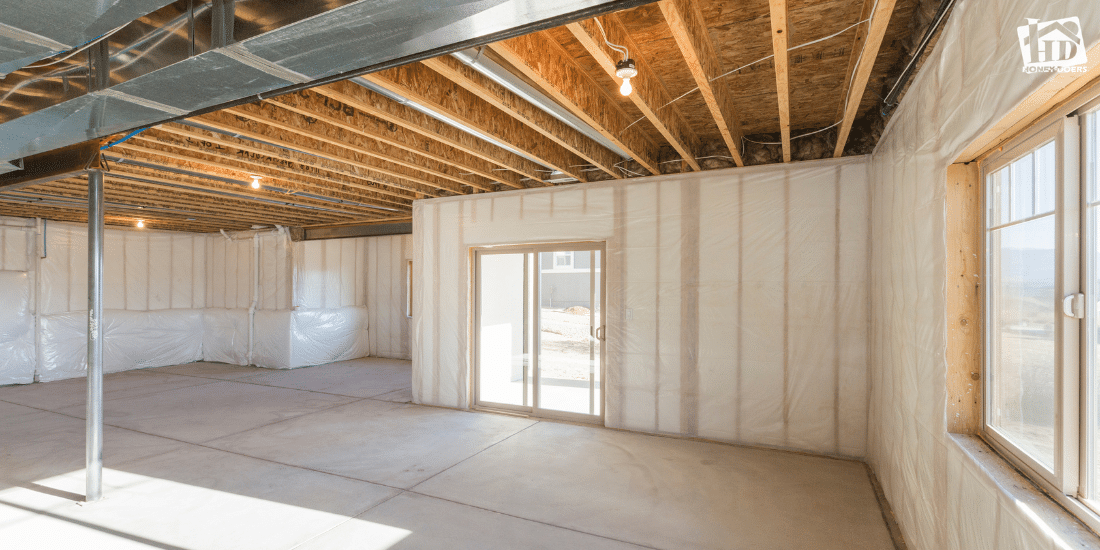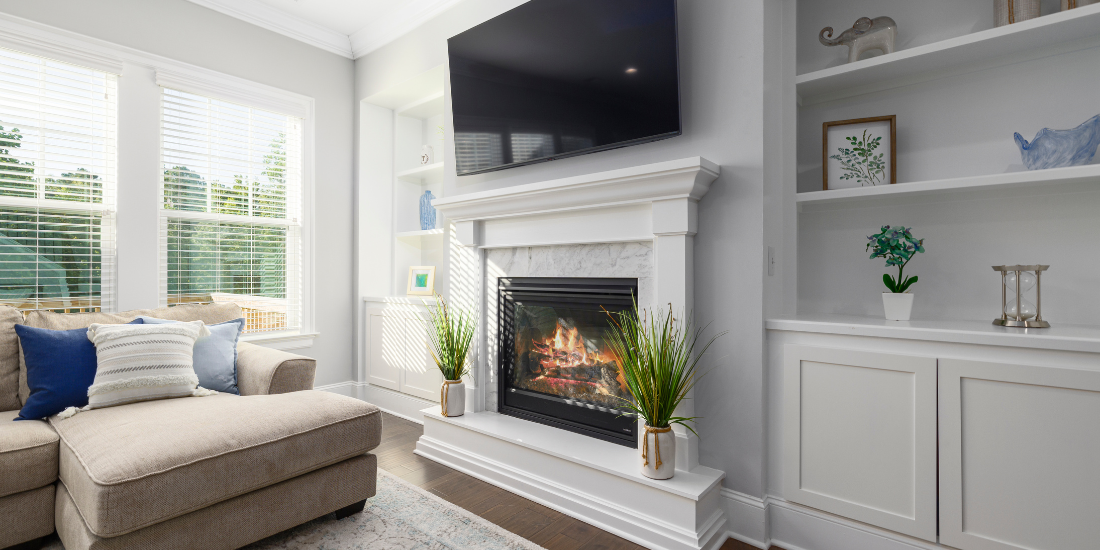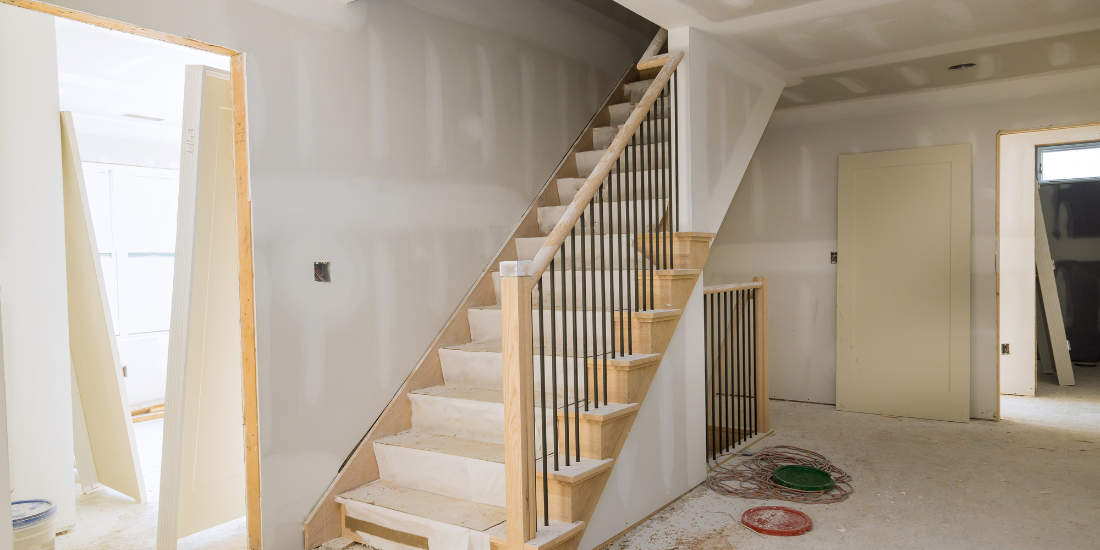Why the Right Ceiling Matters in a Finished Basement
Finishing a basement is one of the most cost-effective ways to add livable square footage to your home. Whether you’re creating a family room, home gym, guest suite, or workspace, a finished basement can significantly boost your comfort and your home’s resale value. And while many homeowners focus on flooring, wall framing, and lighting, the ceiling is just as critical to get right.
The ceiling of your basement influences everything from soundproofing and energy efficiency to design style and lighting integration. Choosing the right option depends on several factors—ceiling height, ductwork layout, wiring access, and of course, your budget and aesthetic preferences.
This guide walks you through some of the most practical and creative basement ceiling ideas, highlighting their pros, cons, installation factors, and visual impact.
Drywall Ceilings: Clean and Classic
For homeowners who want a finished look that matches the rest of the house, drywall ceilings are the most seamless option. Once installed, a drywall ceiling can be taped, sanded, and painted to match any style—from bright white for a spacious feel to rich neutrals for warmth.
Cost:
$2–$4 per square foot, plus finishing and paint.
Installation Complexity:
Moderate to high. Requires framing, drywall hanging, mudding, sanding, and painting. Not ideal for frequent utility access.
Soundproofing & Energy Efficiency:
Excellent when combined with insulation batts or sound-deadening panels between floor joists. Creates a quiet, comfortable space.
Lighting Integration:
Works well with recessed lights (can lights) or flush-mount fixtures. Can be customized with LED strips or hidden cove lighting.
Aesthetic Impact:
Sleek, clean, and cohesive. Great for basements you want to feel like a natural extension of the upstairs.
Best For:
Basements with higher ceilings where access to plumbing or wiring is infrequently needed.
Drop Ceilings: Flexible and Functional
Also known as suspended ceilings, drop ceilings are made of a visible grid system that holds removable tiles. They’re popular in both residential and commercial spaces due to their practicality, especially for hiding ducts, pipes, and wiring.
Cost:
$2–$6 per square foot depending on tile type (PVC, mineral fiber, tin, or faux wood).
Installation Complexity:
Moderate. Framing the grid is a bit technical, but many homeowners can DIY this project with patience.
Soundproofing & Energy Efficiency:
Fair to good, depending on tile type and whether insulation is added above the grid.
Lighting Integration:
Drop ceilings easily integrate with fluorescent panels, recessed lighting kits, or drop-in LED light tiles.
Aesthetic Impact:
Varies by material. Classic white tiles offer a basic look, while decorative tiles in faux wood, metal, or textured PVC can dramatically elevate the style.
Best For:
Basements with lots of overhead infrastructure that require ongoing access. Also ideal for cheap basement ceiling ideas that don’t look “unfinished.”
Painted Exposed Ceilings: Industrial Simplicity
One of the most budget-friendly and visually bold options, a painted exposed ceiling leaves joists, pipes, and ductwork visible but finishes them with a uniform coat of paint—typically white, gray, or matte black.
Cost:
$1–$2 per square foot for DIY paint, higher for professional spray jobs.
Installation Complexity:
Low. Requires cleaning and priming exposed surfaces before spraying with a paint sprayer. Black basement ceiling ideas are particularly popular for modern or industrial homes.
Soundproofing & Energy Efficiency:
Low unless insulation is added between joists (which may reduce visual appeal). Noise can travel more freely, especially between floors.
Lighting Integration:
Exposed ceilings pair well with track lighting, pendant lights, or wall sconces. Wiring is visible, so consider using matching conduit or cable covers.
Aesthetic Impact:
Trendy and edgy. Matte black ceilings visually “lift” the ceiling height and conceal imperfections. A white ceiling creates a brighter, airier feel.
Best For:
Low basement ceiling ideas, budget-conscious remodels, or unfinished basements being repurposed as studios or workshops.
Stretch Ceilings: Sleek, High-End Aesthetic
A stretch ceiling consists of a thin, flexible PVC or fabric membrane that is stretched and secured onto a track system along the perimeter of the ceiling. Popular in Europe and upscale modern homes, this option provides a flawless, smooth surface with minimal maintenance.
Cost:
$8–$15 per square foot, depending on finish and customization.
Installation Complexity:
High. Requires professional installation with heat tools to properly stretch and mount the membrane.
Soundproofing & Energy Efficiency:
Good, especially with added backing insulation or acoustic panels.
Lighting Integration:
Highly customizable. Allows for LED backlighting, integrated lighting panels, or embedded fixtures for a modern look.
Aesthetic Impact:
Luxurious and contemporary. Comes in matte, gloss, or translucent finishes, with optional prints or patterns.
Best For:
High-end basement finishes or modern small basement ceiling ideas where aesthetics are prioritized.
Choosing the Right Ceiling for Your Basement
Here’s how to decide which ceiling works best for your basement remodel:
- If your ceilings are low, consider painted exposed joists or stretch ceilings with minimal drop depth.
- If you need access to plumbing or wiring, go with drop ceilings or leave the joists exposed.
- If you want a polished look with strong soundproofing, go with drywall ceilings.
- If budget is your main concern, painting the ceiling is the most affordable path.
- If you want a showstopper design, stretch ceilings offer a sleek, contemporary option.
No matter which ceiling you choose, consider how it interacts with lighting, acoustics, and the intended function of the room—whether that’s a family room, office, or in-law suite.
Conclusion: Let Honey-Doers Help You Finish Strong
Finishing your basement is a great way to create more livable space, increase home value, and personalize your home. And while flooring and furniture often get the spotlight, the ceiling you choose sets the tone for the entire space.
Whether you’re drawn to black basement ceiling ideas for an industrial vibe or want the warmth and continuity of a drywall ceiling, Honey-Doers Remodeling can help. From design guidance to full installation, we specialize in transforming unfinished basements into comfortable, stylish, and energy-efficient spaces that work for your life.
Let’s turn your basement into the space you’ve always imagined—top to bottom.
| Ceiling Type | Approx. Cost | Installation Complexity | Soundproofing | Lighting Compatibility | Aesthetic Style | Best For |
| Drywall Ceiling | $2–$4/sq ft + finishing | Medium–High | ★★★★☆ | Recessed, flush-mount, LEDs | Clean, seamless, traditional | Polished basements; soundproofing; matching upstairs finishes |
| Drop Ceiling | $2–$6/sq ft | Medium | ★★★☆☆ | Drop-in LEDs, fluorescent, kits | Functional, customizable | Utility access; mixed-use spaces; budget-friendly decorative options |
| Painted Exposed | $1–$2/sq ft | Low | ★☆☆☆☆ | Track lights, pendants, sconces | Industrial, minimalist | Low ceilings; budget remodels; casual or studio-style basements |
| Stretch Ceiling | $8–$15/sq ft | High (Pro install required) | ★★★☆☆ | Embedded LEDs, indirect lighting | Sleek, modern, high-end | Contemporary spaces; statement finishes; seamless lighting and design flow |





